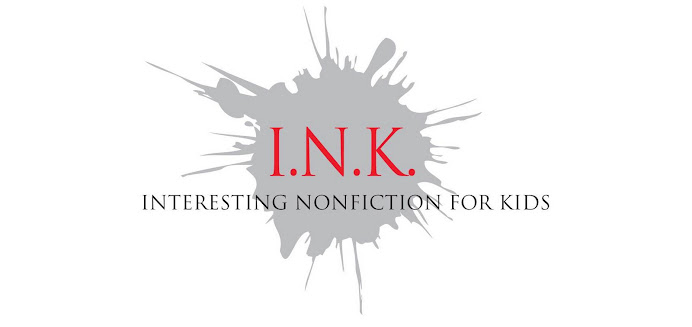Last Saturday, I attended a terrific conference put
on by the Foundation of Children’s Books (FCB) at Lesley University. It’s a regular event and this year it
concentrated upon nonfiction. The
speakers were nonfiction all-stars including Michael Tougias talking about adapting to write for middle grade after being an adult
nonfiction author, Kathy Lasky reflecting upon the evolution of the nonfiction part of her career, Jason Chin finding the narrative arc of science through
words and illustrations, and Steve Sheinkin being wildly entertaining while
discussing books about very serious subjects.
I was especially pleased, however, to listen to fellow
I.N.K. contributor Melissa Stewart. She
appeared in the middle of the lineup, and that’s when you could hear pens
scratching on notebooks. Melissa was
there to discuss “Nonfiction Books You’ll Love” from 2013 and 2014.
The way that she presented them would do any
nonfiction writer proud. She organized
her info into topics that provided context to her audience. She gave just enough description about each
book to inform and create the desire for further research. Her enthusiasm for her subject/s was
infectious. She even supplied back
matter: a takeaway list of 30 books arranged in alphabetical order by title and
by year.
I guess what impressed me most besides Melissa’s
careful curation was the generosity of her presentation--praise, yes, but also ways we could appreciate
and use the books she mentioned. That’s
why authors in the audience were writing down titles as potential mentor texts while
teachers and librarians were listing books to add to their collections.
I remember a post Melissa did a while ago, saying
that Common Core is here to stay and one of the best things writers can do (if
they have the time and interest) is to give teachers easy ways to use their books to
teach these standards. Then she helped us further by providing 10 ways to help educators, complete with with examples of these ideas.
During her presentation at the FCB, Melissa showed
us a new idea she is using, a multimedia revision timeline that chronicles the
very long road she took to finally publish her book, No Monkeys, No
Chocolate. It was a fabulous way to show
students and beginning authors that effortless writing takes an enormous amount
of steps and work.
Now, she has given us 11 ways to help educators.



























